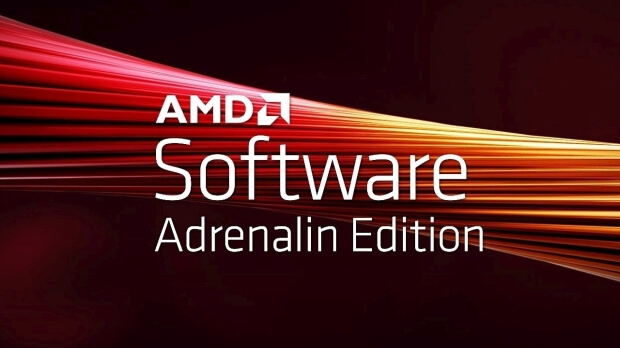In recent years, AMD has emerged as a formidable competitor in the world of processors, offering powerful and efficient solutions for both gaming and professional use. However, no system is without its flaws, and AMD processors have faced criticism for their idle power consumption. Idle power consumption refers to the amount of power a processor consumes when it is not performing any tasks. High idle power consumption can lead to increased energy costs and reduced battery life in laptops. In response to these concerns, AMD has taken decisive steps to address the idle power issue with their processors. In this article, we will delve into the details of the AMD idle power issue, explore its impact on system performance and efficiency, and examine the measures AMD has implemented to fix this issue.
Idle power consumption has long been a concern for computer users, as it directly affects energy efficiency and performance. When a processor is not actively engaged in executing tasks, it enters an idle state, where it consumes less power. However, some processors, including certain models from AMD’s lineup, have exhibited higher than desired idle power consumption, leading to increased energy usage and reduced battery life in laptops.
High idle power consumption not only affects energy efficiency but can also impact system performance. Excessive power consumption during idle states can cause the processor to generate more heat, leading to increased temperatures and potentially triggering thermal throttling. Thermal throttling is a protective mechanism that reduces the processor’s clock speed to prevent overheating, which can result in decreased performance and slower execution of tasks. Therefore, addressing the idle power issue is crucial to ensure optimal system performance and efficiency.
Recognizing the significance of the idle power issue, AMD has been proactive in finding solutions to mitigate this problem. Over the years, the company has released several BIOS updates and firmware revisions to optimize power management and reduce idle power consumption. These updates have been designed to enhance the efficiency of AMD processors and ensure a seamless user experience.
One of the key strategies employed by AMD to address the idle power issue is the implementation of advanced power management features. These features allow the processor to dynamically adjust its power consumption based on the workload, ensuring that power is allocated efficiently and effectively. By fine-tuning the power management algorithms, AMD has been able to significantly reduce idle power consumption without compromising system performance.
Additionally, AMD has collaborated closely with motherboard manufacturers to develop and deploy BIOS updates that optimize power management settings. These updates enable users to customize power profiles, allowing them to strike a balance between performance and power consumption according to their specific needs. This level of flexibility empowers users to tailor their system’s power management to their unique requirements, further improving overall efficiency.
The fixes implemented by AMD to address the idle power issue have brought several benefits to users. Firstly, users can now enjoy improved energy efficiency. The reduced idle power consumption translates to lower energy bills and decreased environmental impact, making AMD processors more eco-friendly.
Secondly, the fixes have led to enhanced system performance. By optimizing power management algorithms, AMD processors can now deliver better performance during active tasks, ensuring smoother multitasking and faster execution of demanding applications. Users can experience increased productivity and a more responsive computing experience.
Furthermore, the fixes have positively impacted the battery life of laptops powered by AMD processors. By minimizing idle power consumption, laptops can now achieve longer battery runtimes, allowing users to work or play on the go without worrying about running out of power. This is particularly beneficial for professionals, students, and gamers who rely on portable computing devices.
The idle power issue has been a concern for AMD processors, impacting both energy efficiency and system performance. However, through continuous efforts and collaboration with motherboard manufacturers, AMD has successfully addressed this issue. The implementation of advanced power management features and the release of BIOS updates have significantly reduced idle power consumption, bringing numerous benefits to users. With improved energy efficiency, enhanced system performance, and increased battery life, AMD processors have become an even more compelling choice for both gaming enthusiasts and professionals seeking powerful and efficient computing solutions. As AMD continues to innovate and refine its processors, users can look forward to an even brighter future with AMD-powered systems.





